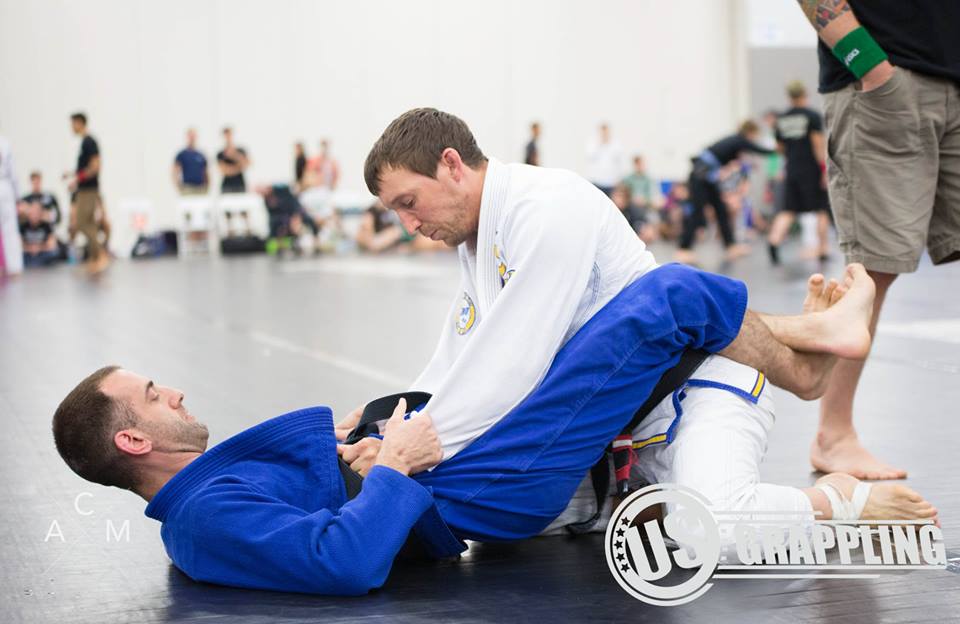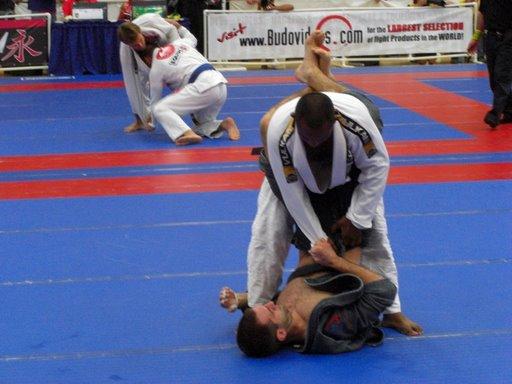When a new Brazilian Jiu-Jitsu student comes to Paramount BJJ, they will quickly learn that our BJJ Basics curriculum begins with an emphasis on the closed guard. Other guards (open guard, half guard, etc.) are also taught to new students, but the focus starts on closed guard.
This is for numerous reasons. Let’s break it down with a simple “Pros vs. Cons” analysis below.
PROS
- In a fight, the closed guard allows you to defend yourself by pulling the attacker close to you to avoid strikes. In order for someone to land effective strikes they need distance to create leverage, momentum, and power. Grabbing ahold of them prevents all of these.
- Offense from on top within the closed guard is extremely limited. A person cannot advance to a superior position until they open the guard, and submissions from within the guard are very few and very difficult to execute against a skilled opponent. Therefor by keeping your guard closed you dramatically limit your opponent’s options.
- Countless submissions and set-ups are available when using closed guard, including the triangle choke, armlocks, wristlocks, guillotine choke, kimura, omoplata, collar chokes, etc. There are numerous set-ups for each of these submissions, which makes being stuck in a dangerous closed guard tortuous.
- Sweeps, or reversals, from closed guard will put you directly into mount or the back position– the two most dominant positions in grappling/Jiu-Jitsu/fighting. In a competition this means one sweep can get you 6 points [sweep (2) + mount (4)]. Sweeping from other guards tends to put you directly in the opponent’s guard, where you’re often immediately put on the defensive.
CONS
- It’s difficult to make space. Because your legs are locked around the person, you cannot use them to push your opponent away (A hip extension can only create a few inches of space). As a result, it can be hard to prevent stalling.
- It requires patience. Because the opponent can stall, using the closed guard requires more patience. You’ll have to be stubborn, and accept the fact that it may take longer than you’d like to execute your offense.
Ultimately the pros outnumber and outweigh the cons. As a result every Jiu-Jitsu student should have a strong understanding of the closed guard, the ability to find their way to closed guard, and a series of attacks.
At Paramount BJJ we recommend each student develops a primary, secondary, and tertiary guard. No one is forced to use closed guard as one of them, but it would be wise to consider it.
Call 610-269-1127 for more information on our 7-DAY FREE trial and 30 DAYS FREE offer for new members.


